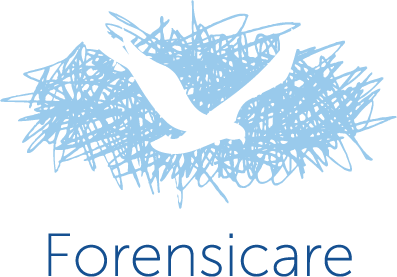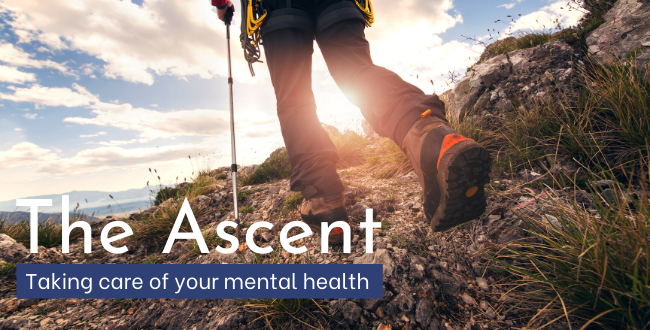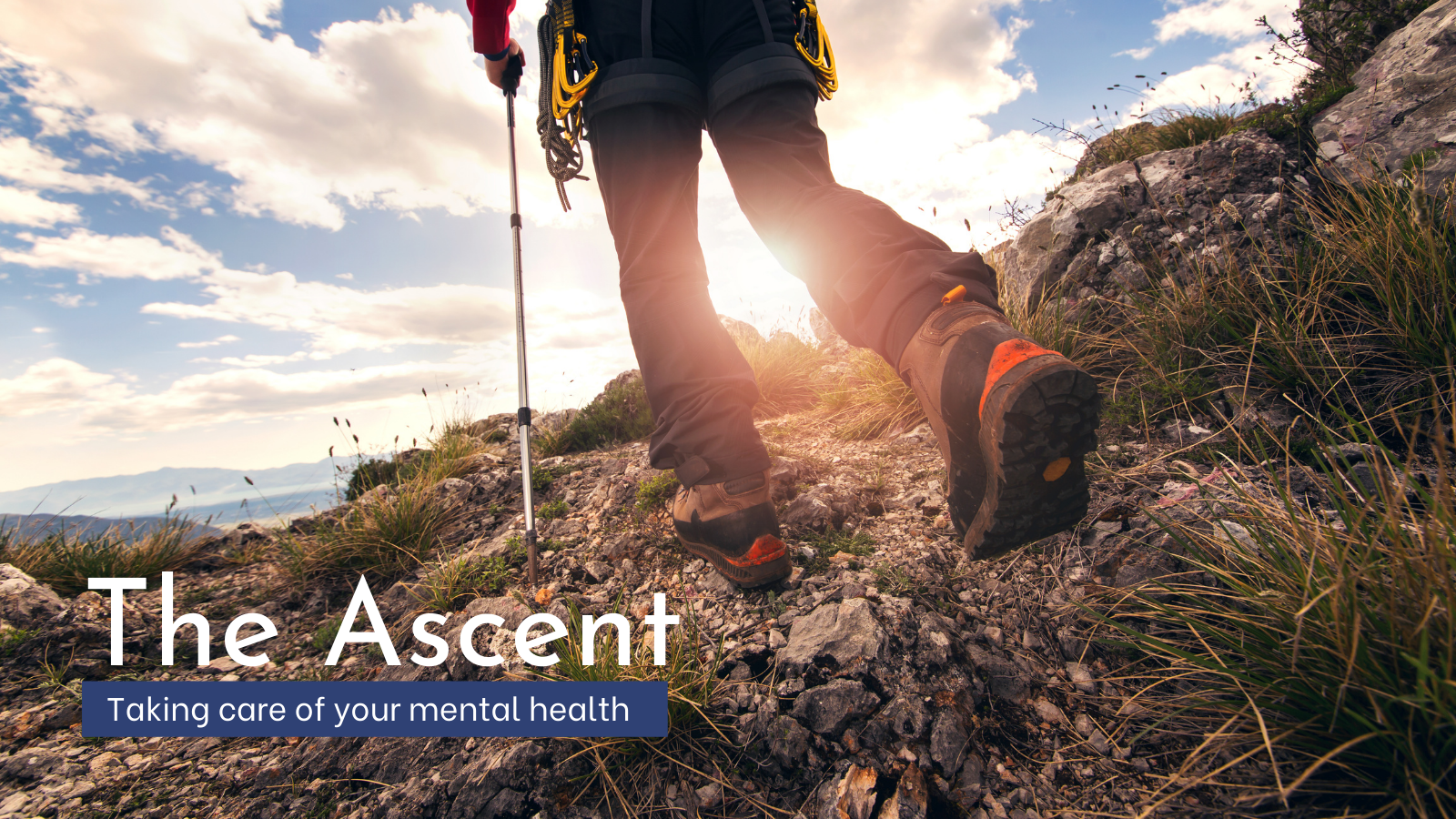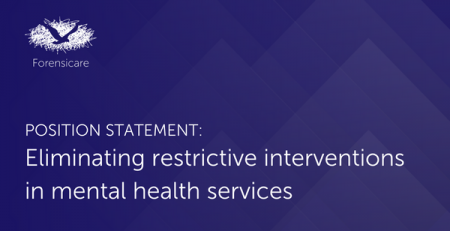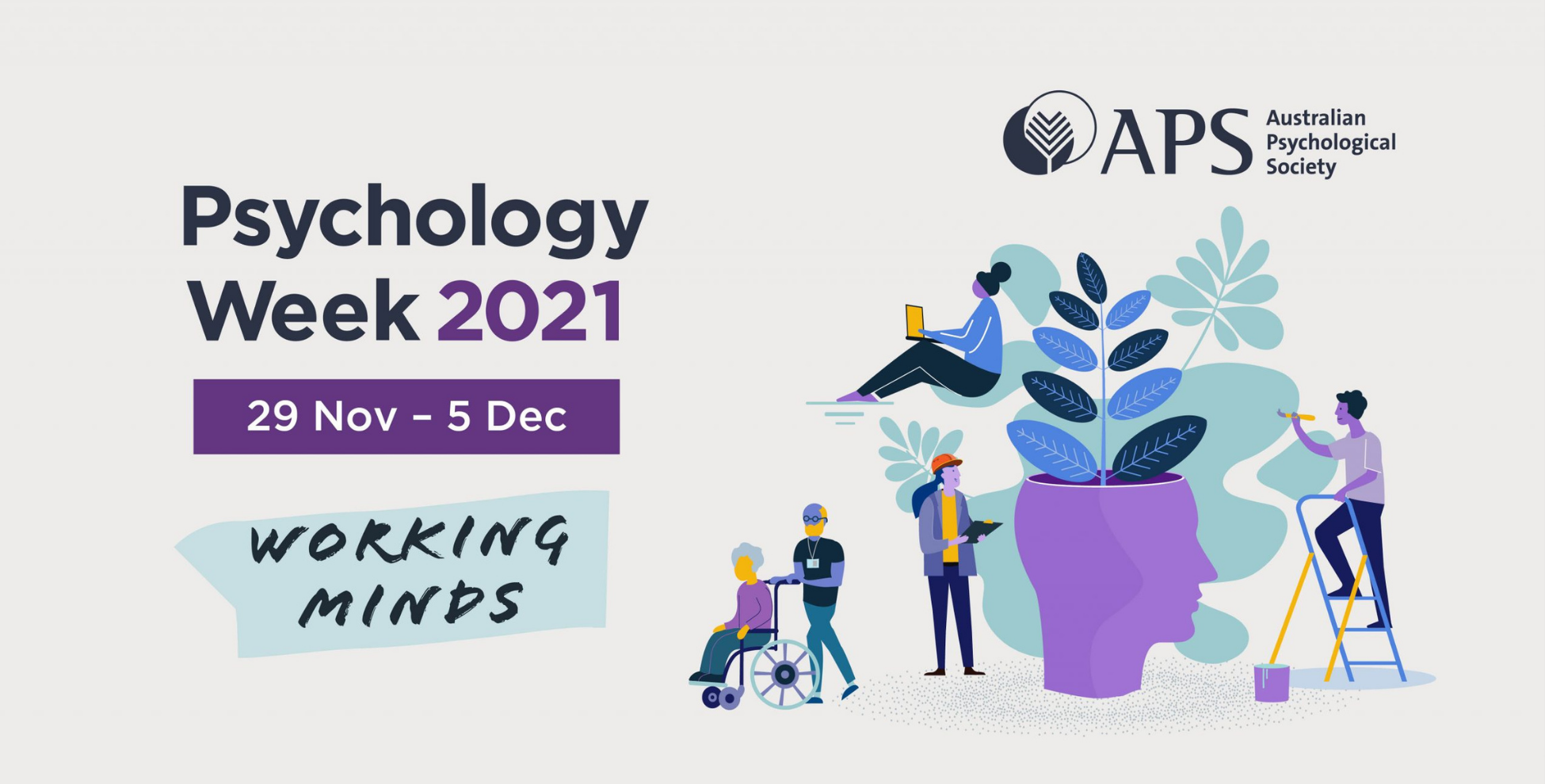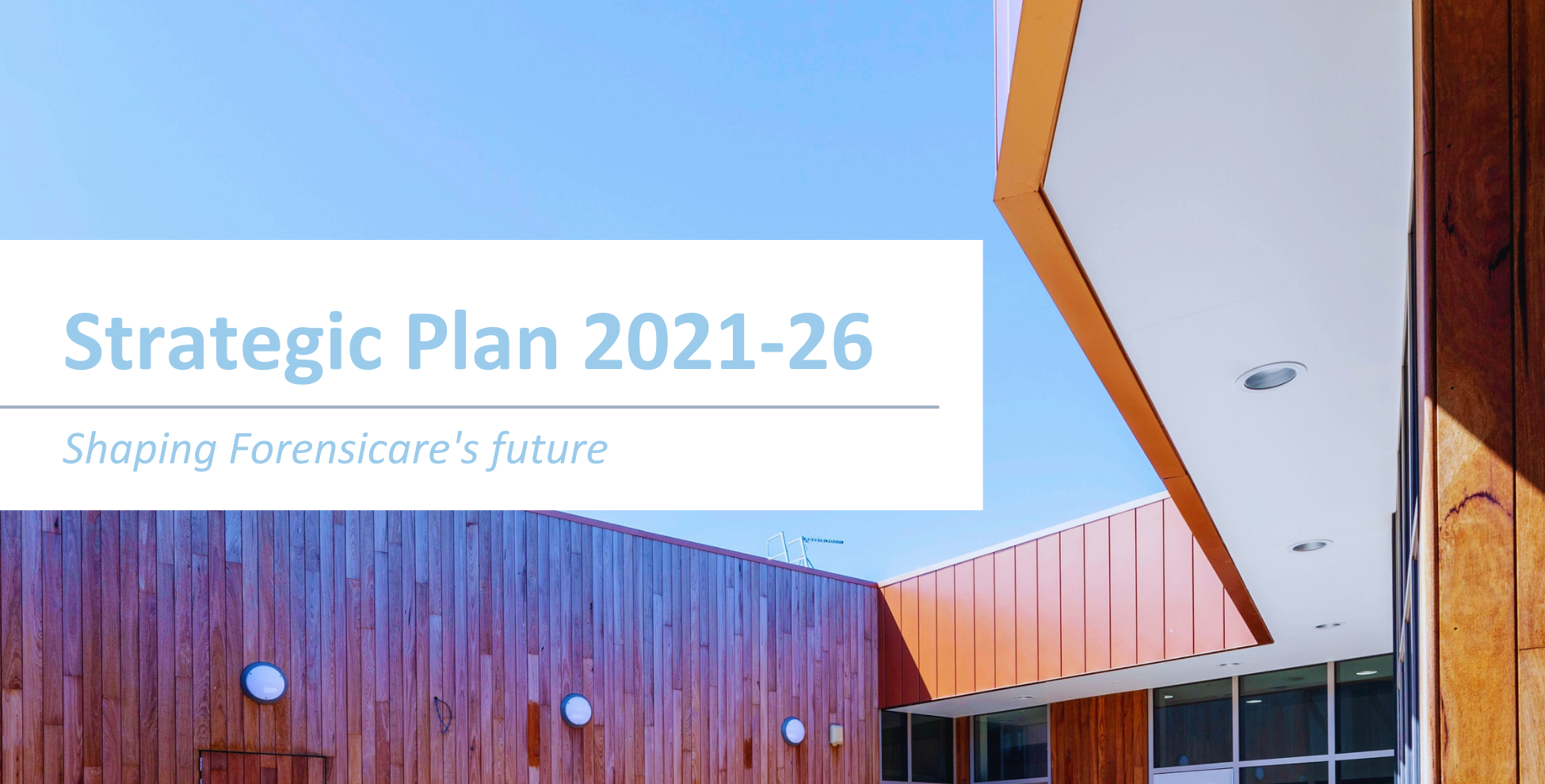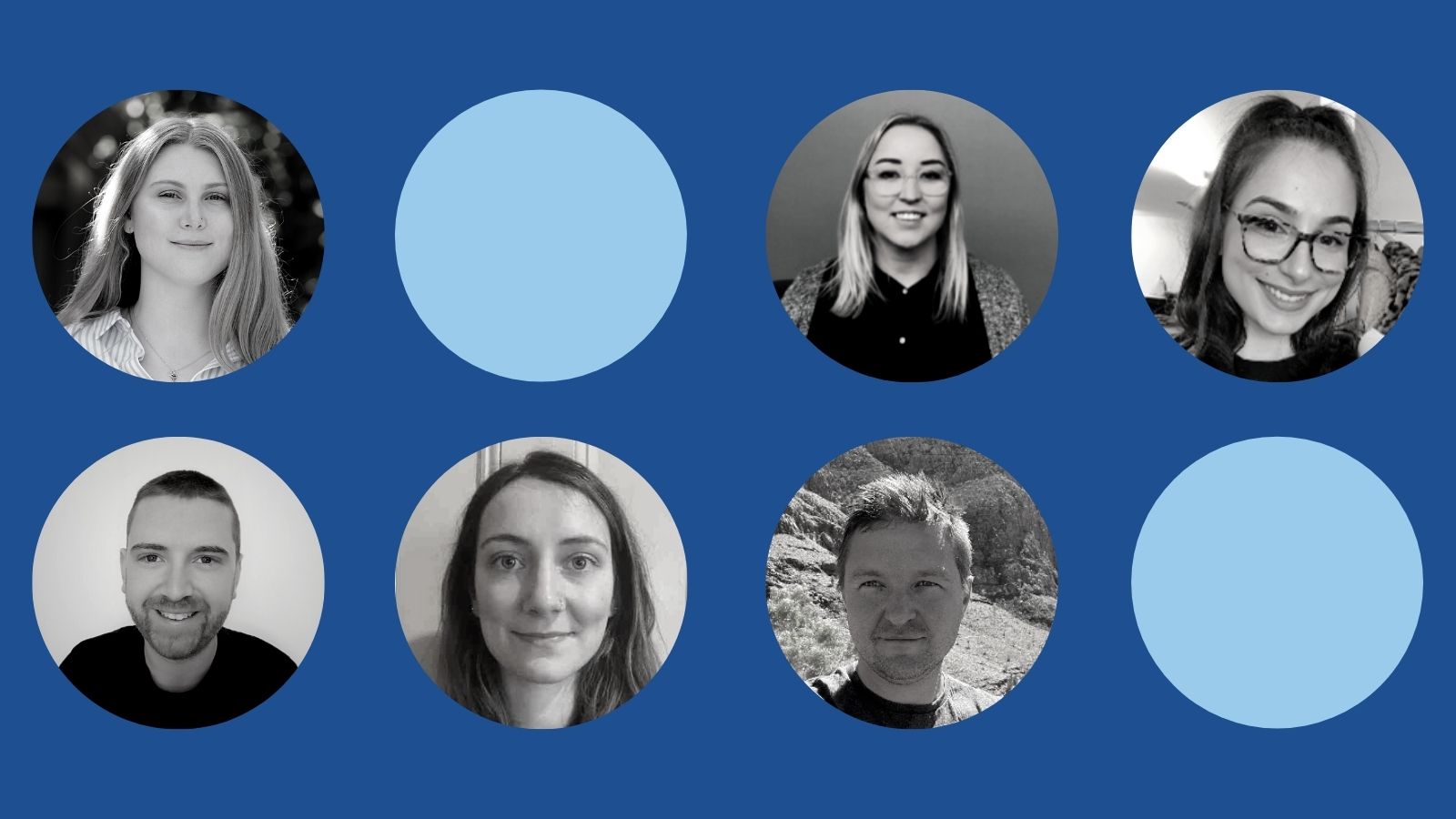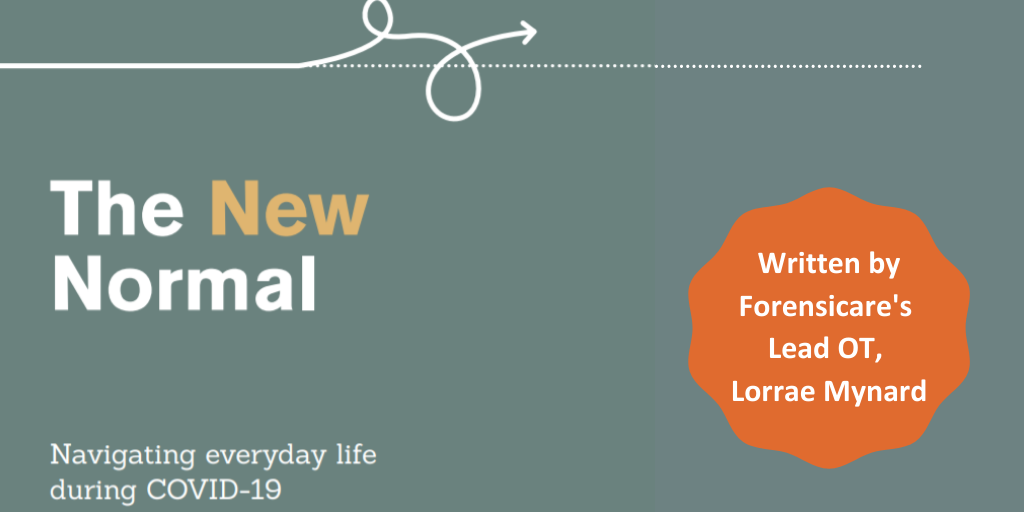Connecting and Communicating From Behind the Mask
This year has been a crash course in learning how to connect in new and creative ways.
First, it was connecting via virtual means when touch and physical proximity was reduced during COVID-19. Now, over the past few weeks we have had to learn how to form connections whilst half of our face is covered by a mask. Then add to that, for healthcare workers, the introduction of protective eye wear. We need to do this for the safety of ourselves and our community, but sometimes it feels weird and uncomfortable, especially when we have difficulty breathing or our glasses fog up. This week’s Ascent explores how to maintain a sense of connection with others whilst wearing masks.
How humans communicate—and why it’s harder in a COVID-19 world
Communication is fundamental to how we connect with others and non-verbal communication, our mannerisms, facial expressions and body language, forms a large part of this. Research has shown that what we say is so much less important than how we say it. In fact, Albert Mehrabain, one of the seminal researchers in communication, identified that 55% of our communication is made up of body language and visual cues.
Until we had to don a mask, we probably took for granted how much we rely on lip reading and communicating using the bottom half of our face – think those small smiles you give whilst passing strangers that don’t quite reach your eyes but mean a whole lot. Usually, these ‘social smiles’ serve to foster a sense of connection with others, whilst also communicating something about the type of person we are and the mood we are in.
Evolution, emotion and the mental health impact of wearing masks
Emotions can be ‘upper face’ or ‘lower face’ emotions. Evolutionarily, we are wired to detect faces in our environment, determine their expression, and whether they are a threat. When we only have access to half of the information (the upper part of everyone’s faces), our brain tries to fill the gaps in what expression it is seeing – this can lead to misunderstandings, and greater experience of fear and/or anxiety of others. Paranoid thinking styles, mental ill health, and mood states can also influence our interpretation of these emotions. Indeed, UK psychiatric service users have highlighted the impact of staff wearing PPE on their patients’ emotional state (e.g., increased anxiety and paranoia as facial expressions are not visible). It can also be frustrating trying to communicate with only half of our usual facial tools.
Masks may also trigger a trauma response for some
Wearing masks, or seeing people in masks, may also activate a trauma response, or be particularly challenging for those who experience anxiety, as it may trigger feelings of claustrophobia or panic. Our personal attitude towards masks (think of all those videos of non-mask wearers on social media), and broader social acceptance of mask wearing can further influence our comfort. These all highlight why it’s so important for us to take the time to learn how to connect with this new norm.
So, with all of this in mind, how can we communicate and connect with others whilst wearing masks?
- Use masks as an expression of your personality or interests. This can help with solidarity and enhancing a community feel, just like wearing your favourite footy jumper. When you’re not at work (i.e., restricted to medical-grade masks) – play with colour, patterns, or pictures on fabric masks or coverings.
- Be mindful of your upper-face expressions, and play around with expressions using your eyes or eyebrows more. It can also help to take even more care to look at someone in the eye when you’re communicating.
- Use more hand and body gestures – thumbs up, nods, waves and use the ‘social nod’ when you can’t ‘social smile’.
- ‘Recognise ‘the greater good’. A recent study has shown our level of comfort with wearing a mask increases when the number of mask wearers around us increases. It signals normality and collegiality – we’re all in this together. Merely wearing a mask fosters connection via shared experience!
- Call it out – acknowledge the strangeness of the mask with others, engage in reflection together about this new norm.
- Articulate – be mindful of speaking clearly and loudly as mask wearing will be especially difficult for those with hearing difficulties.
- Be patient. Just like when we moved to communicating via Zoom, it might take time for some more than others to get used to wearing masks. Being misunderstood whilst communicating is frustrating at the best of times. Recognise how mask-wearing might contribute to this and be kind to yourself and others.
Need support?
You’re not alone. Life is extra challenging right now, and it’s okay to not be okay.
Lifeline: 13 14 11
Carers Australia: 1800 242 636
Kids Help Line: 1800 55 1800
This story was brought to you by the Thomas Embling Hospital Reflective Practice team: Dr Meera Aurora, Principal Psychologist, Dr Diana Talevski Acting Principal Psychologist and Dr Bonnie Albrecht, Senior Psychologist. This team helps our staff with their own mental health and well-being while they provide care for our consumers.
